
Type foundries have used lead alloys to cast typefaces from the 1450s to the present, although wood continued to be the material for some large typefaces called wood types during the 19th century, especially in the United States. In the 1890s, the mechanization of typography allowed the automatic conversion of typefaces into lines of text of the desired size and length. This was known as continuous casting and remained profitable and widely used until its demise in the 1970s. The first machine of this type was the Linotype machine invented by Ottmar Mergenthaler.
During a brief transitional period (c. 1950s to 1990s) photographic technology known as photocomposition made use of small, high-resolution images of individual glyphs on film strips (in the form of film negatives , letters as clear areas on the film). opaque black background). A high-intensity light source behind the strip of film projects an image of each glyph through an optical system that transforms the desired letter in a specific size and position focus on phototypesetting paper. This phototypesetting process allows for optical scaling, allowing designers to produce multiple sizes from one typeface, despite the The physical constraints of the system still required design changes at different sizes. such as ink collectors and spikes to spread the ink encountered during the printing phase. A manually operated phototypesetting system that uses fonts on slides allows fine kerning between letters without manual typesetting, Thus spawned the expanding type design industry in the 1960s and 1970s.

Bowdan Daniel
Typography Work DesignDirector
< strongstyle="color:rgb(136,136,136);letter-spacing:0.544px;">Timișoara,Romania
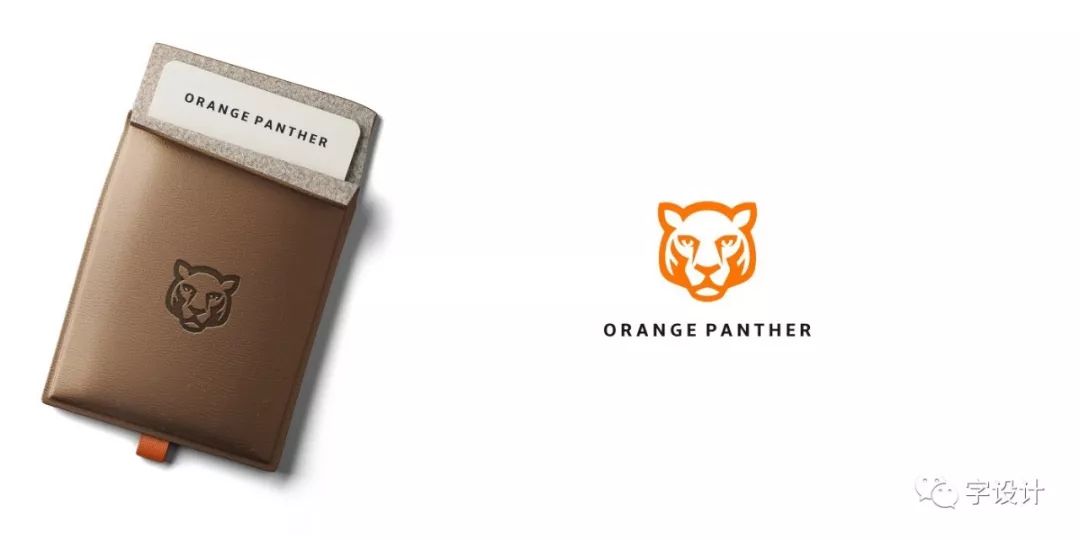

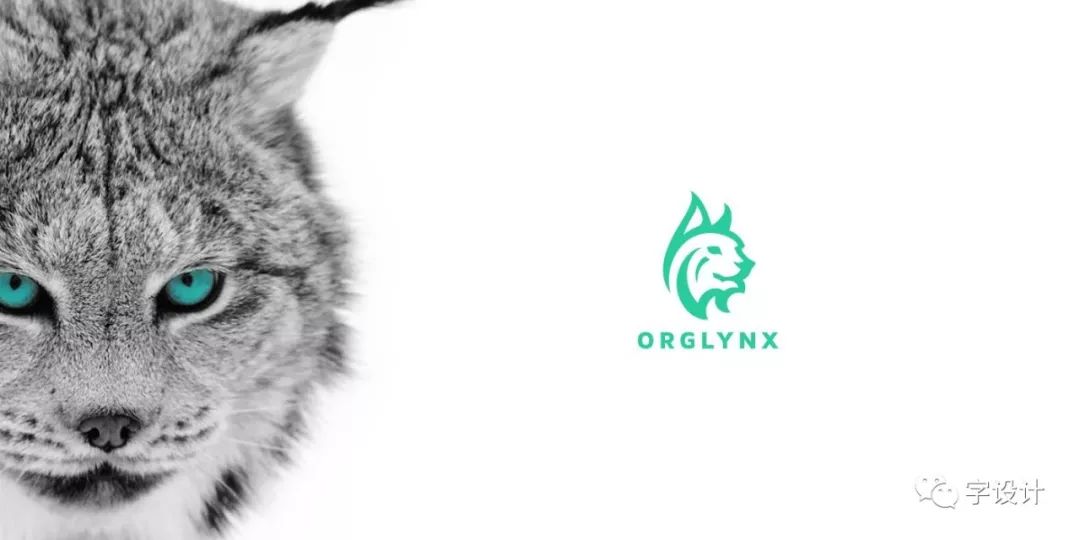

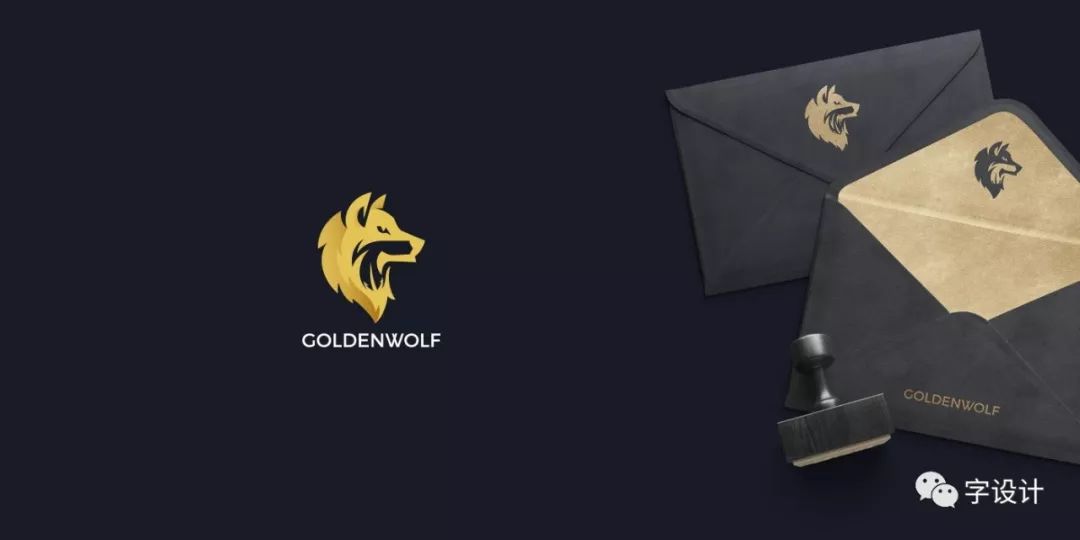
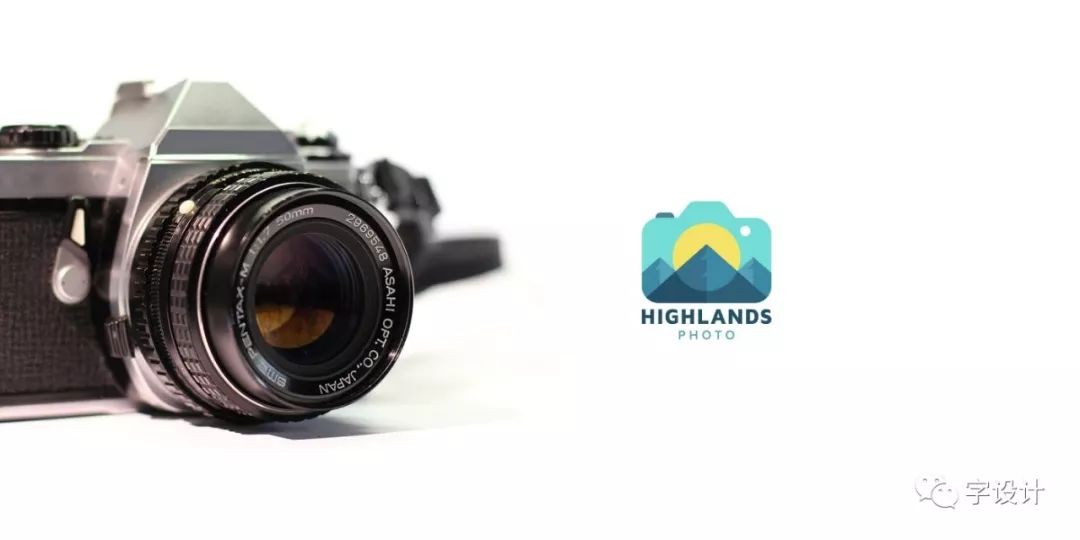


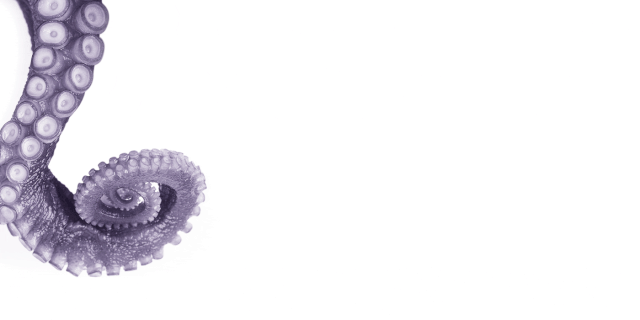



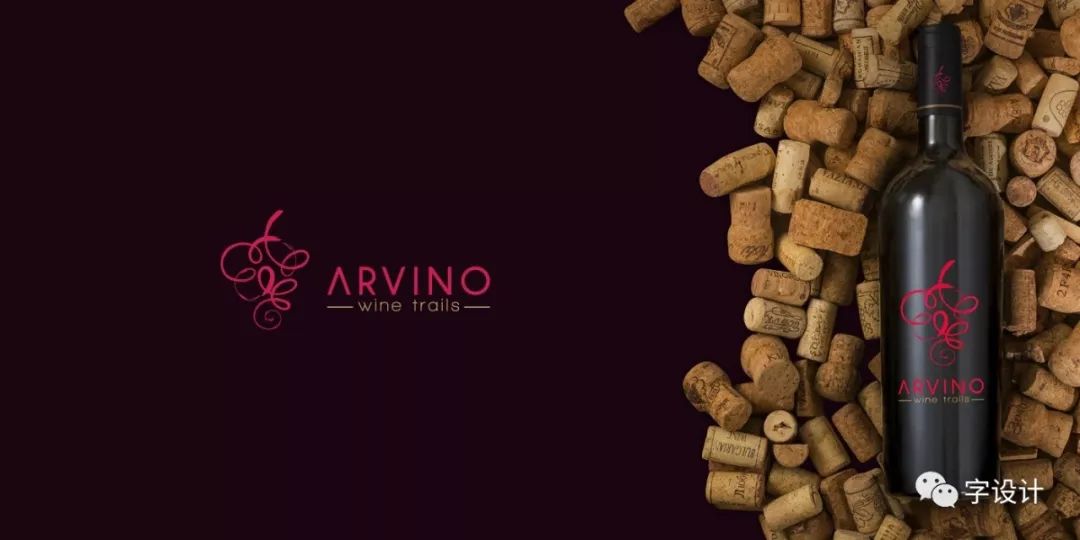

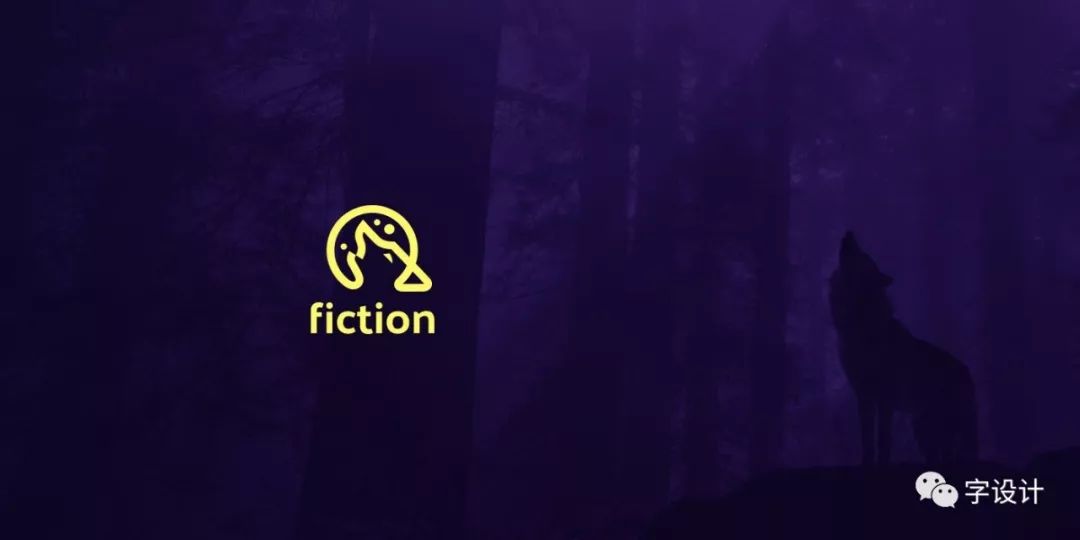
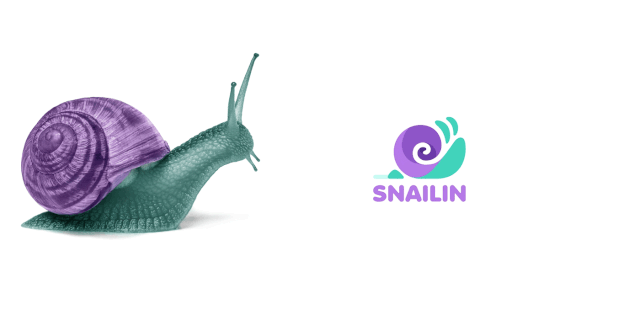


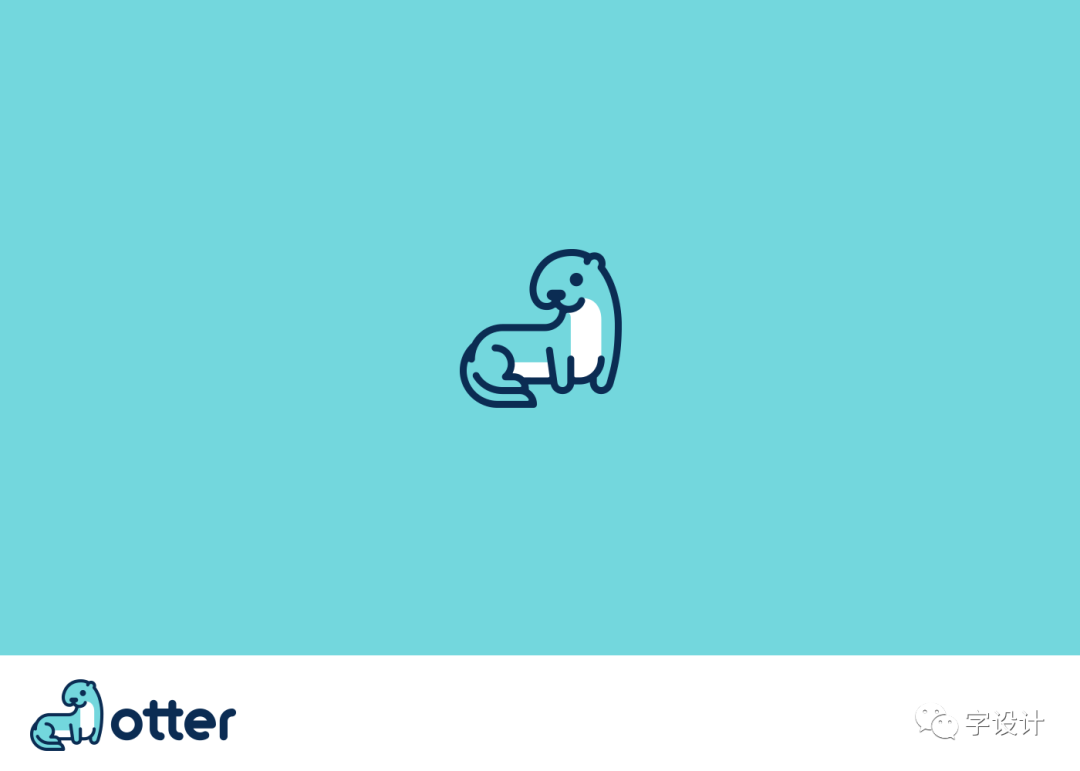
Animal Logo Design
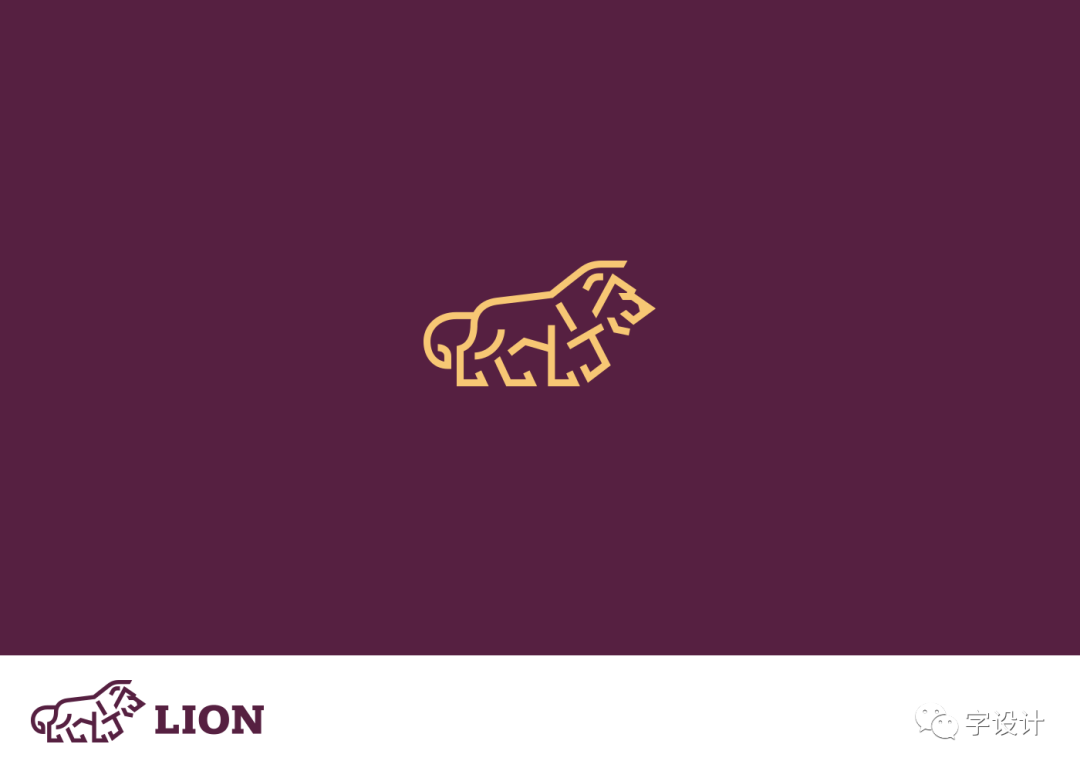
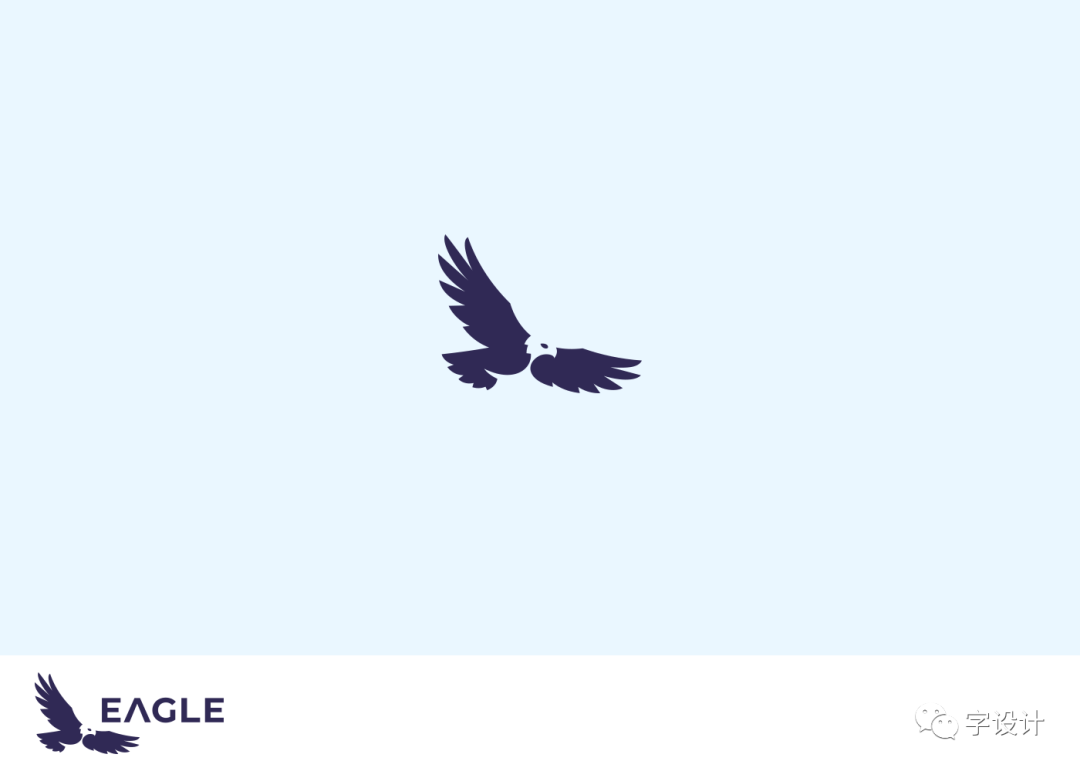


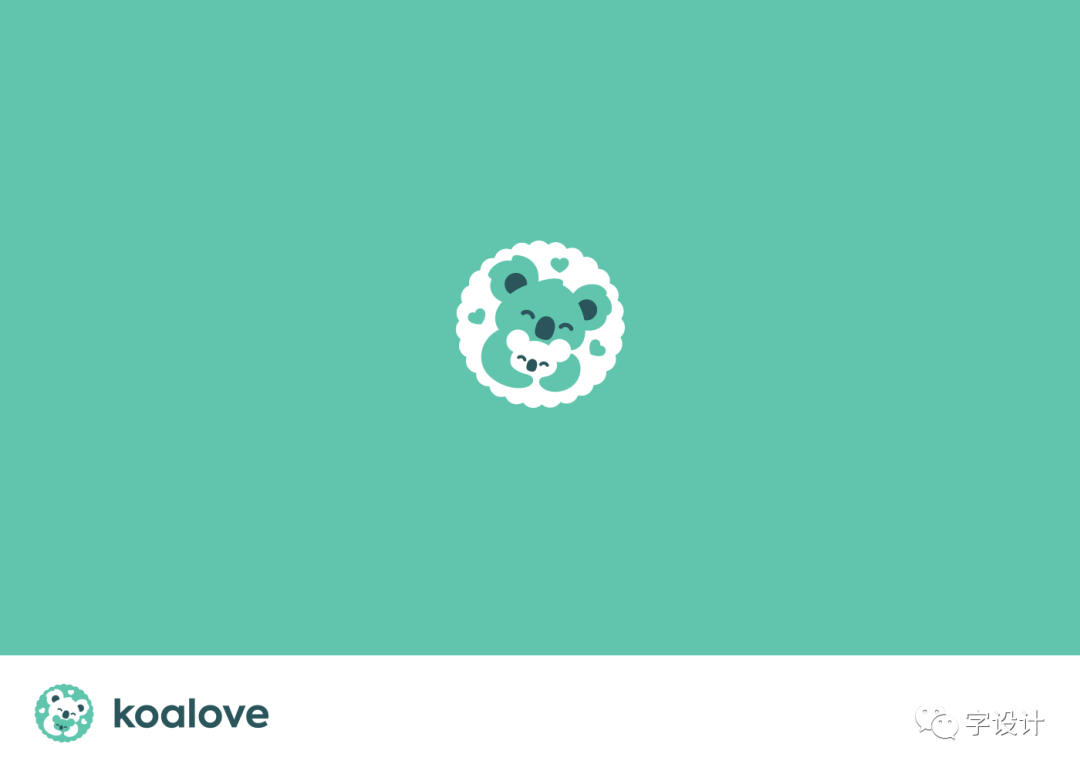



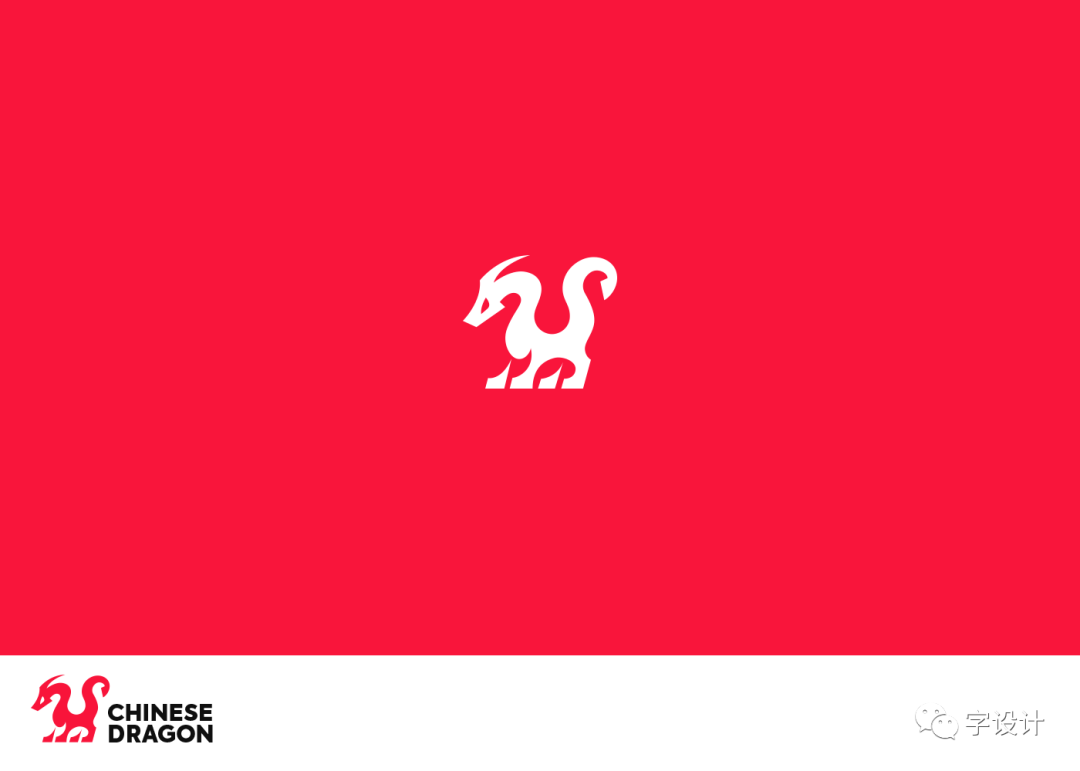

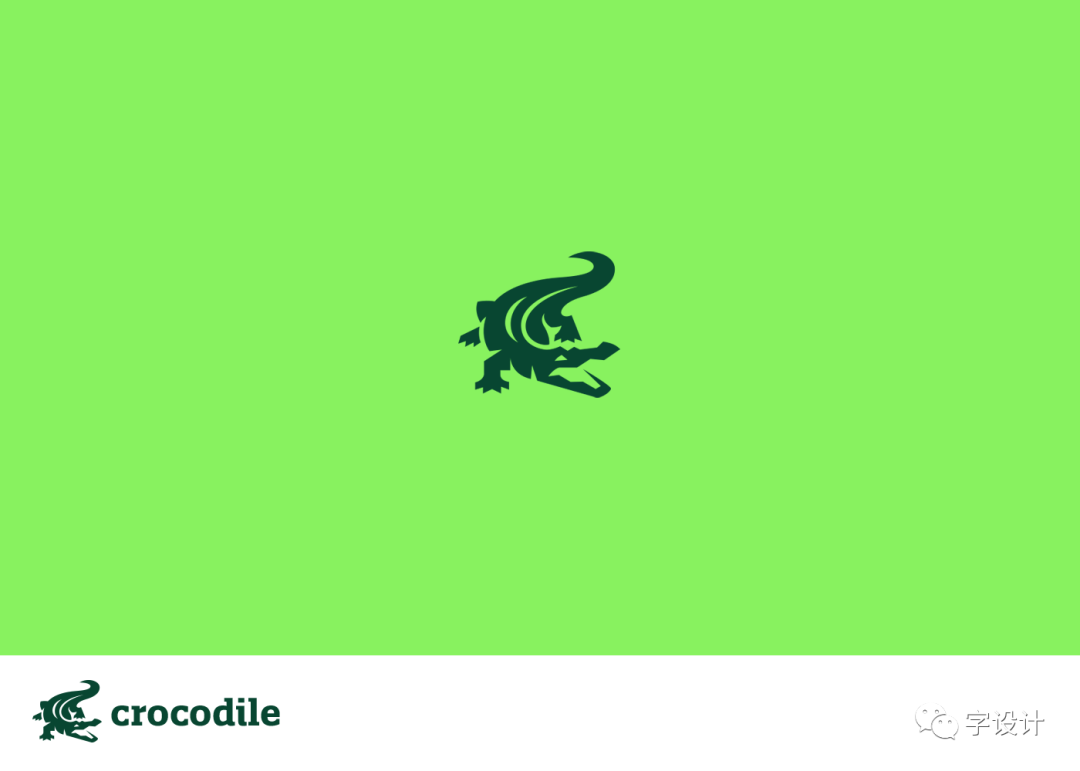

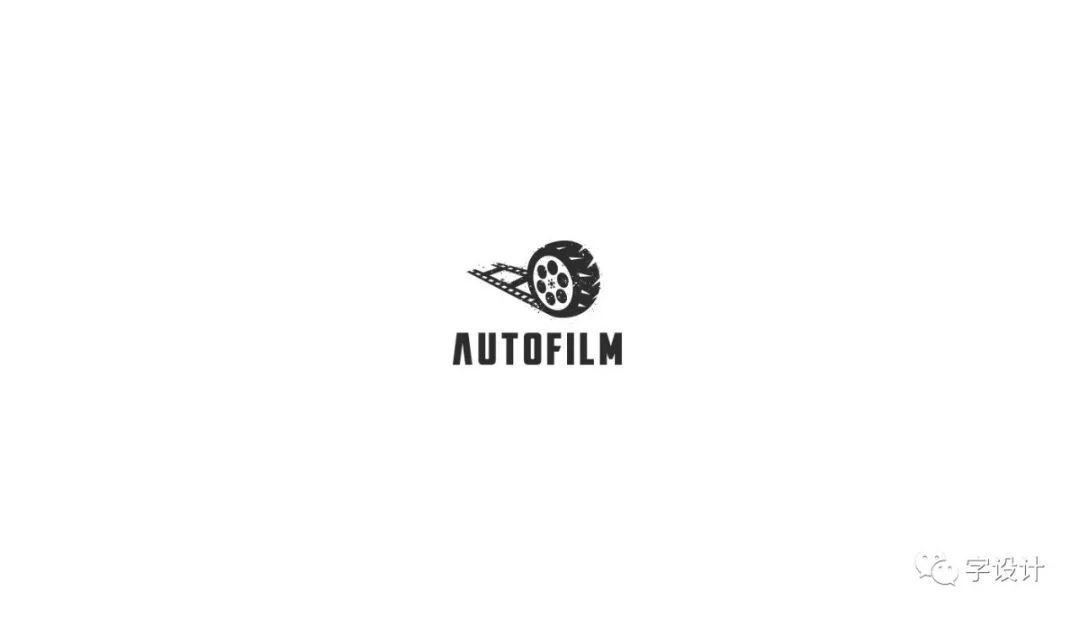


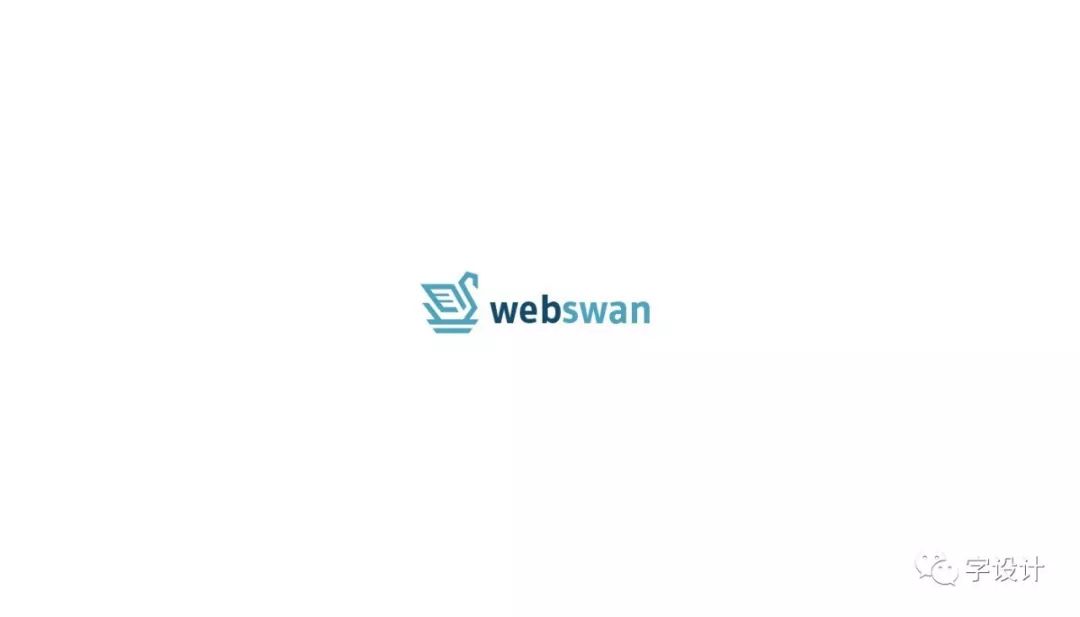


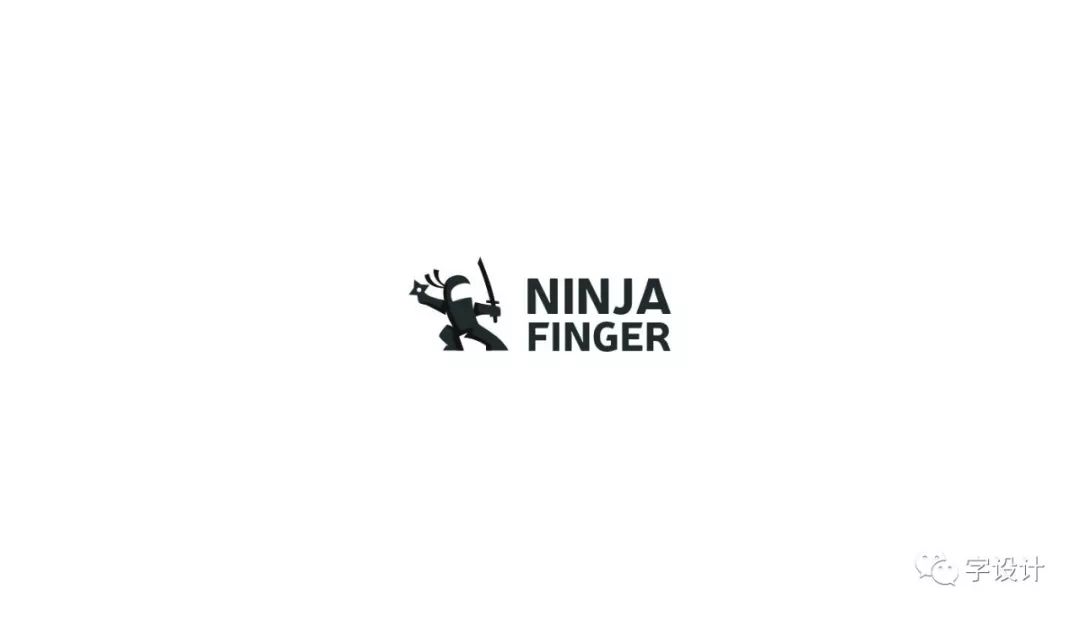



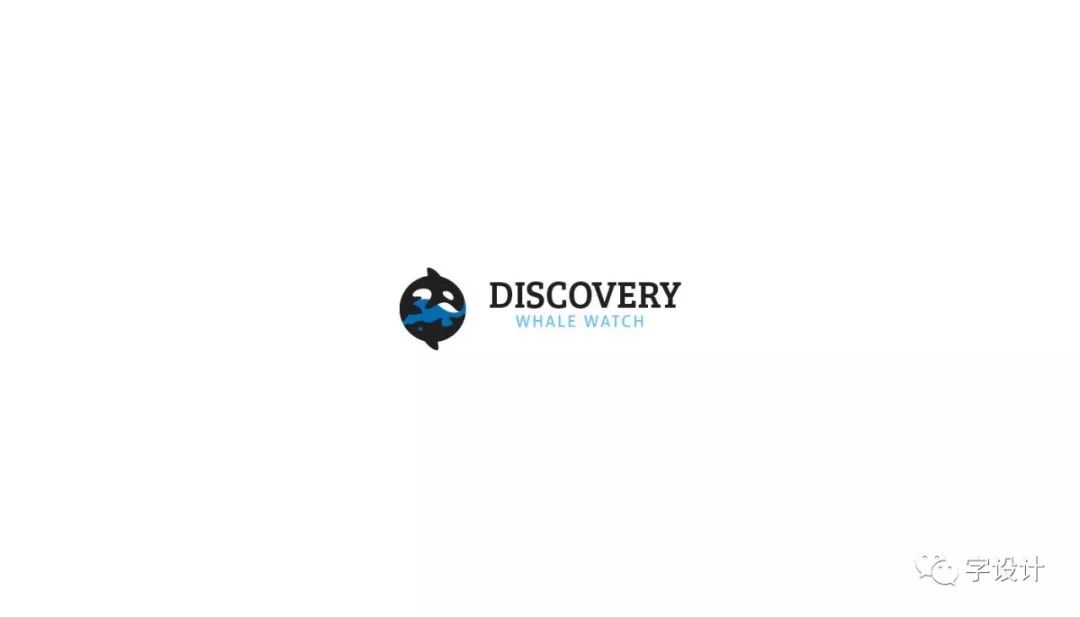

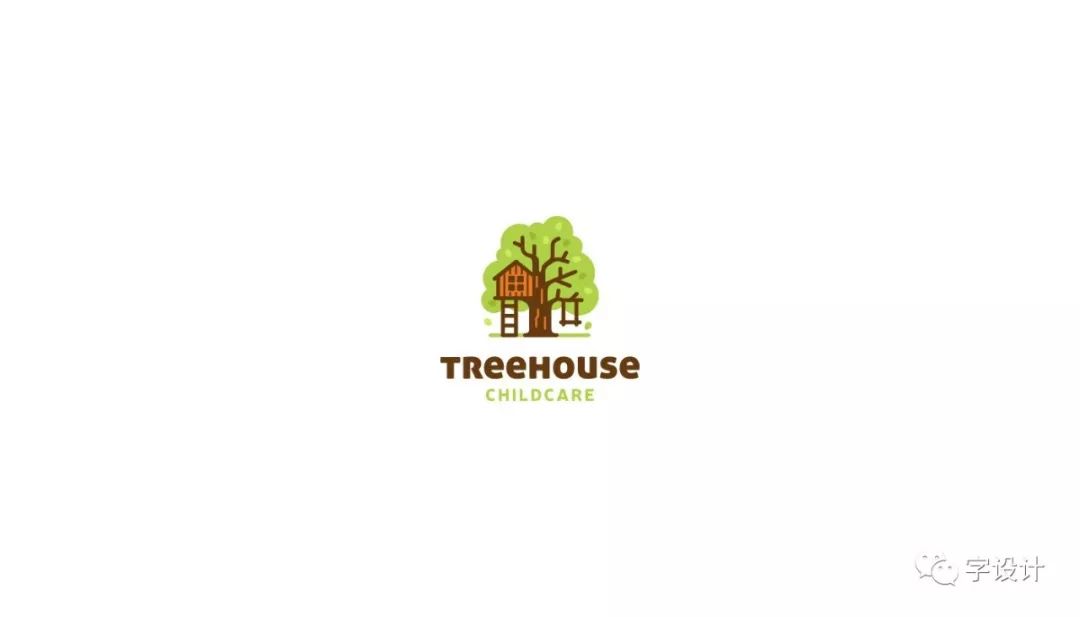
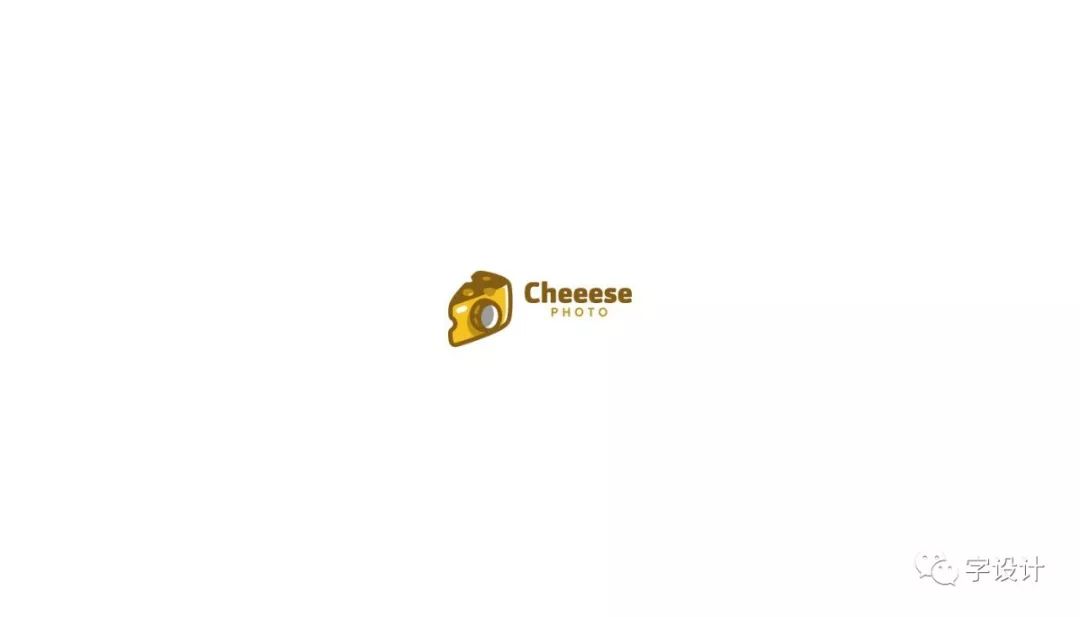

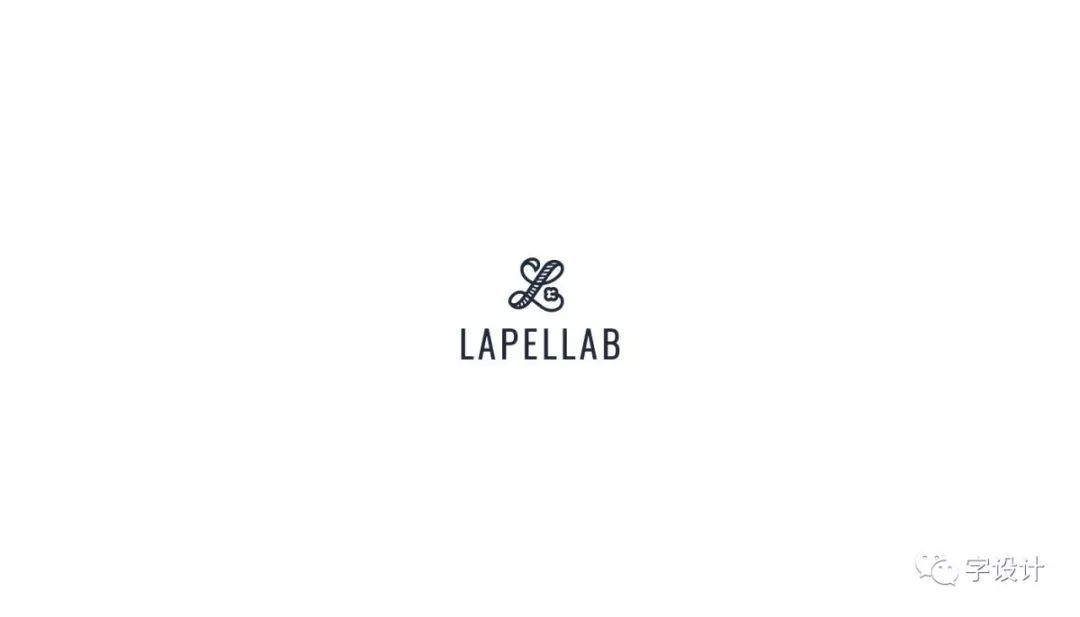
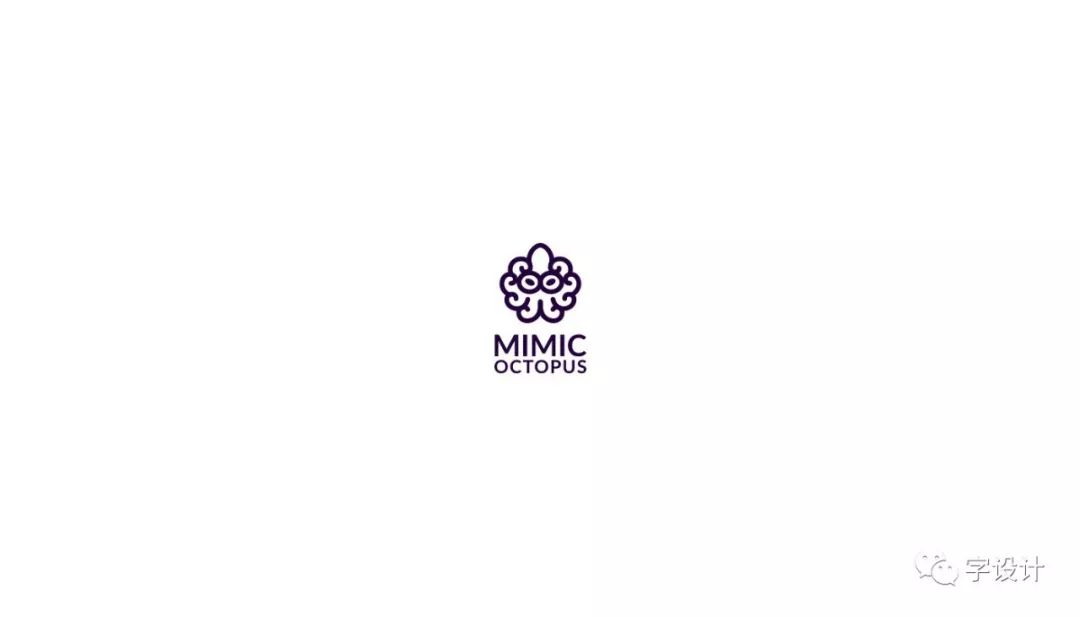

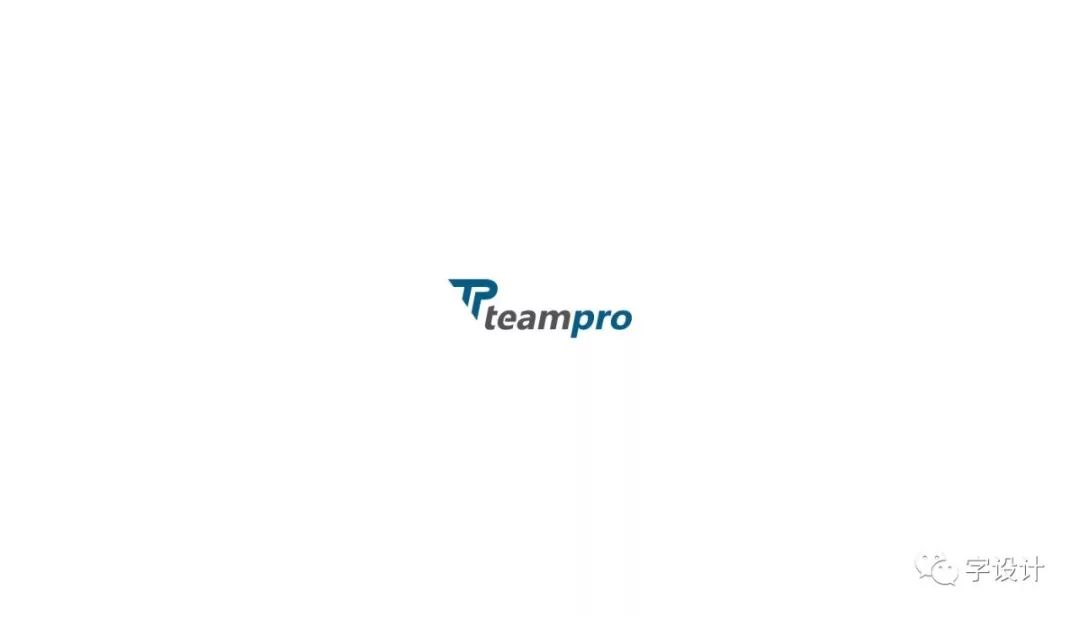
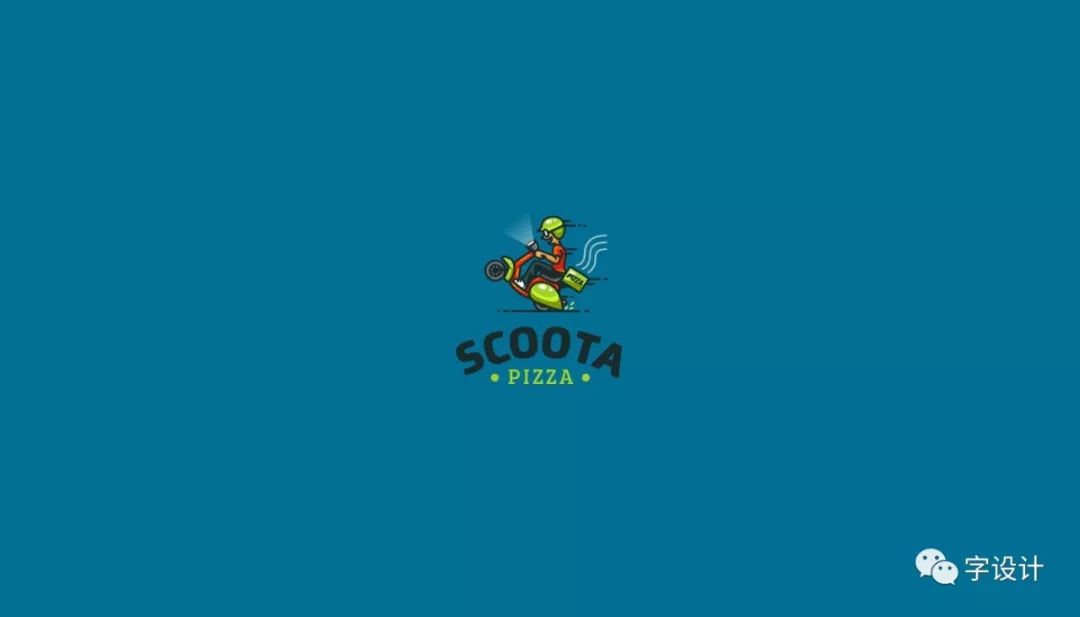
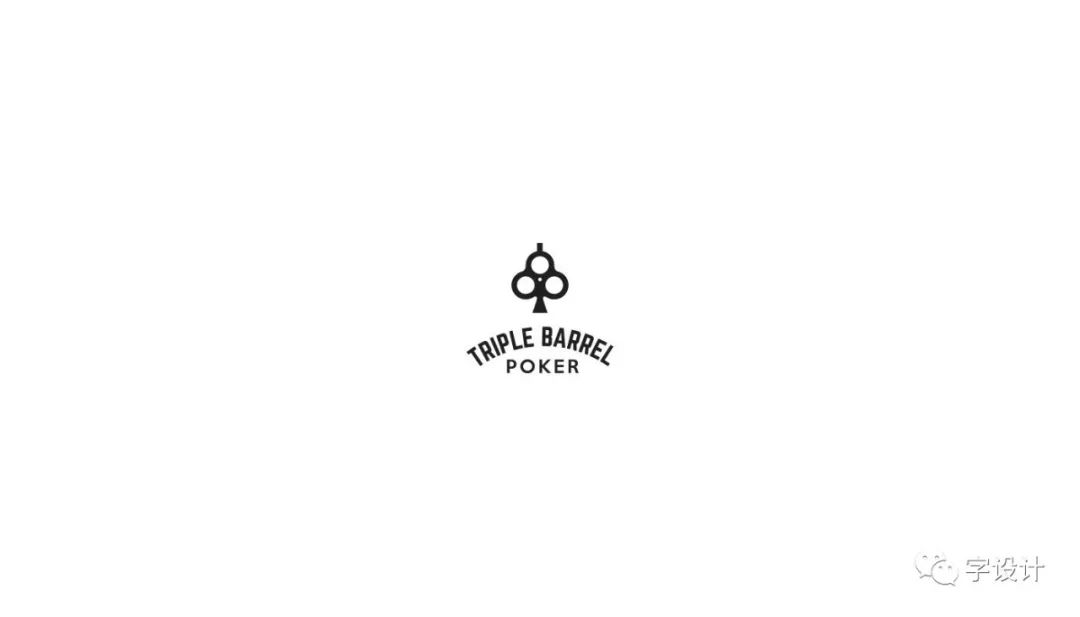
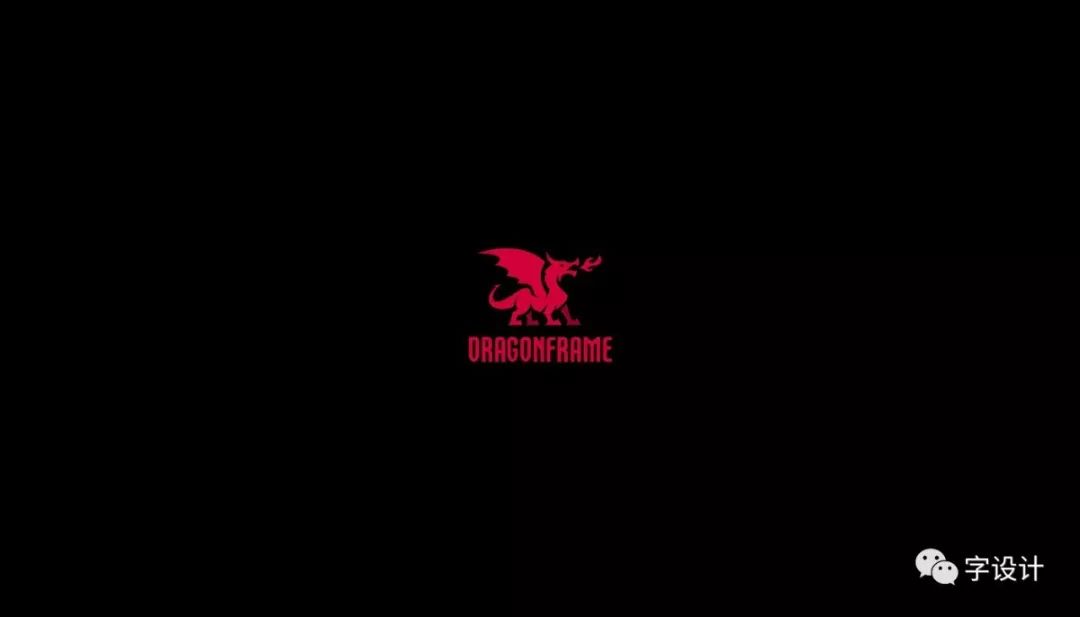




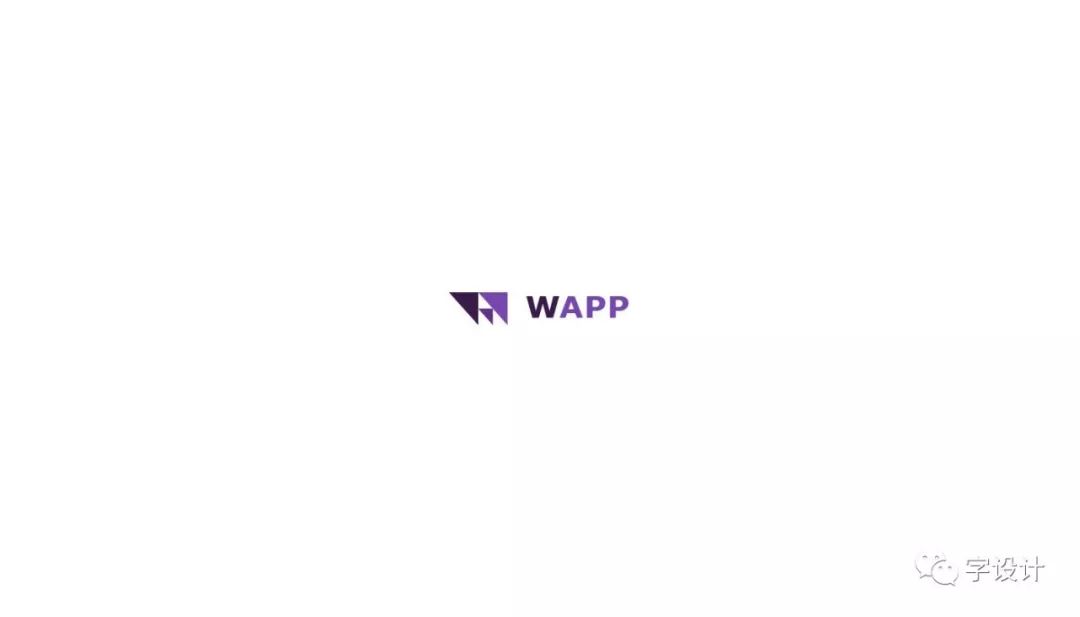
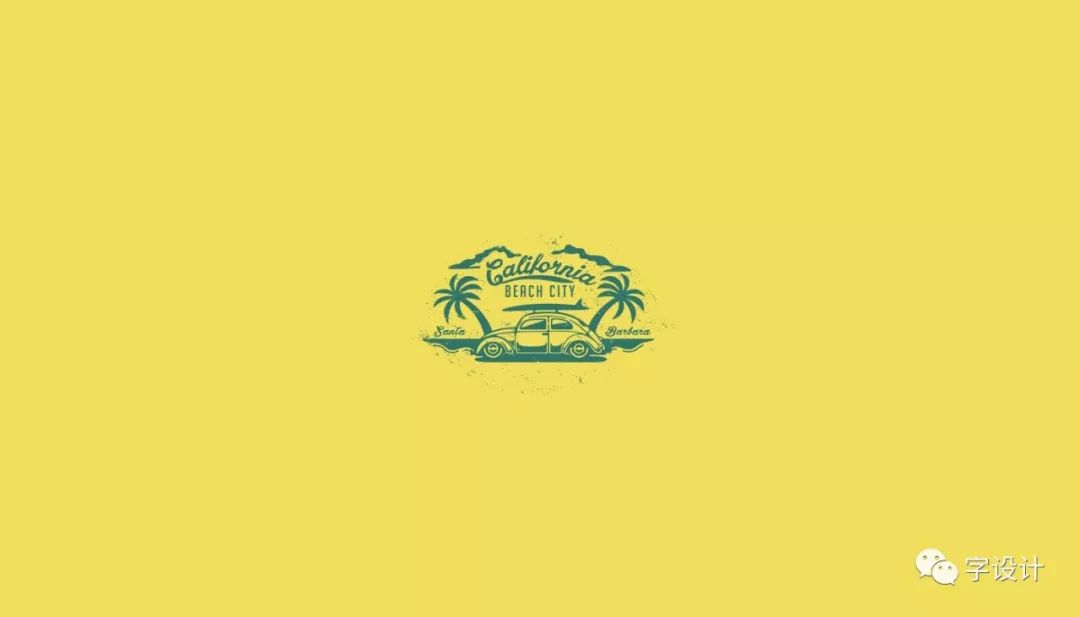




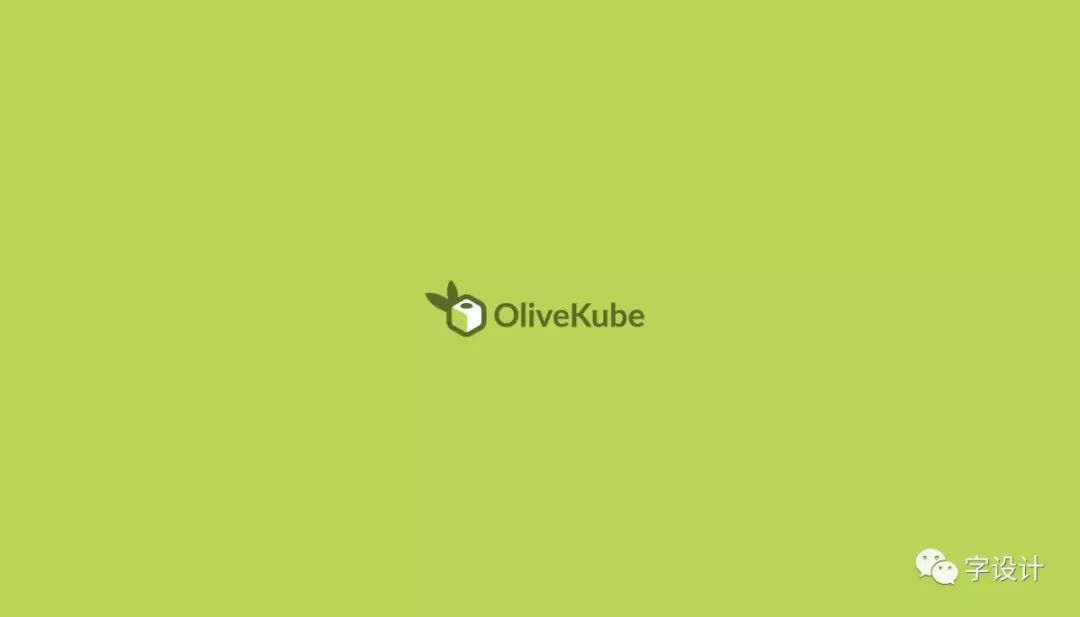
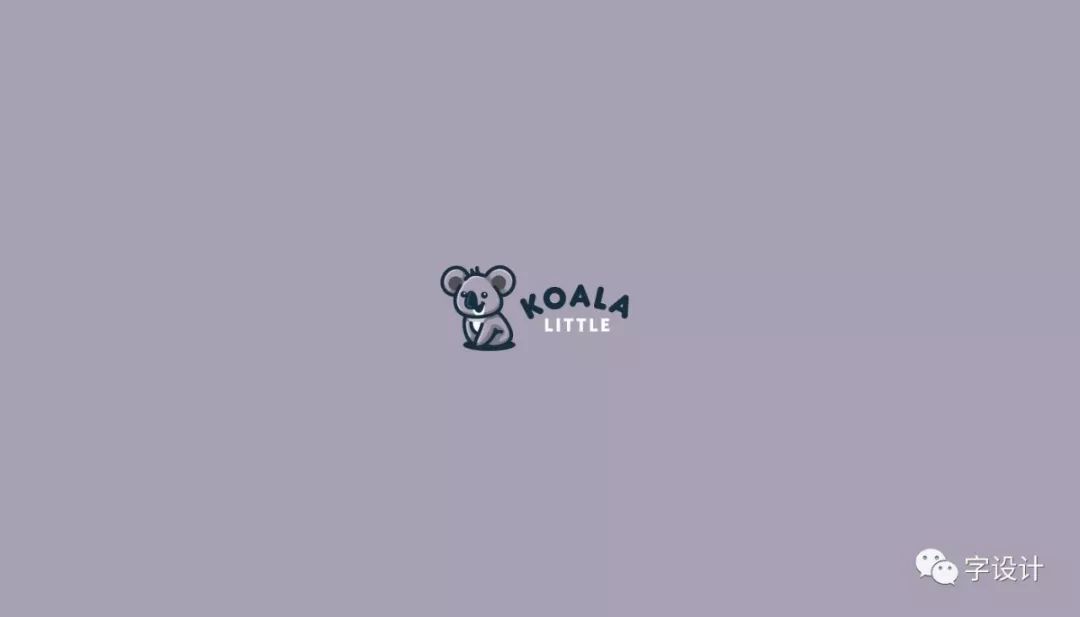
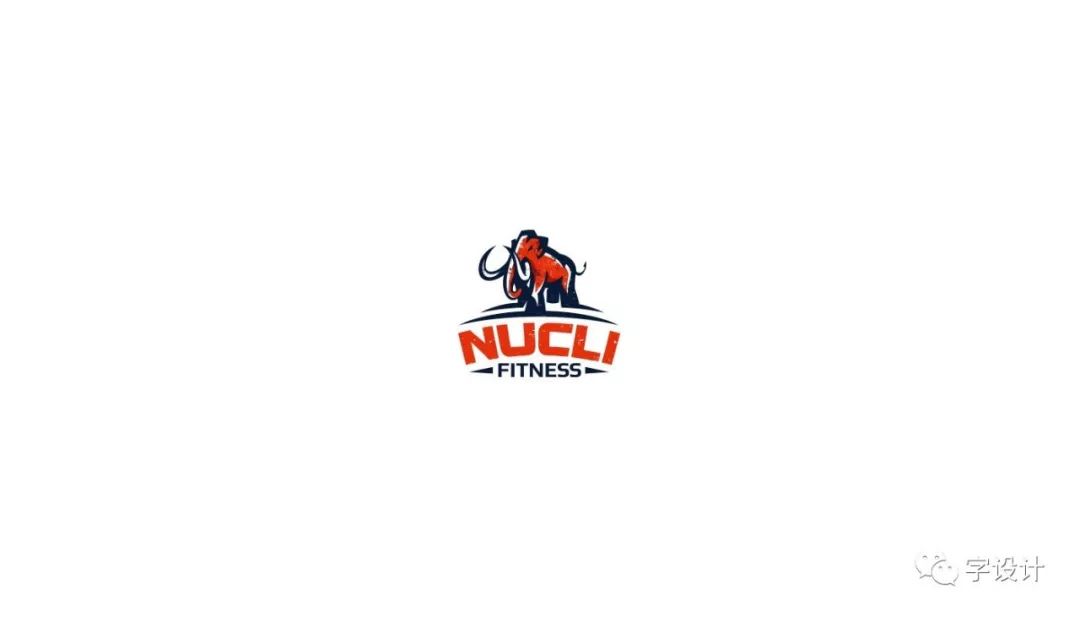
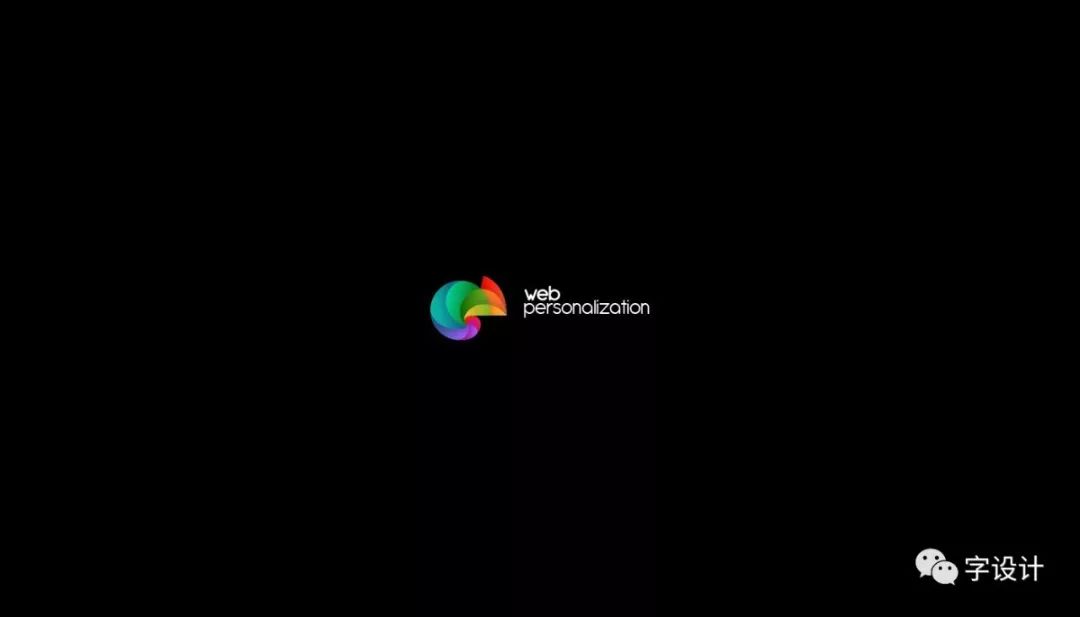

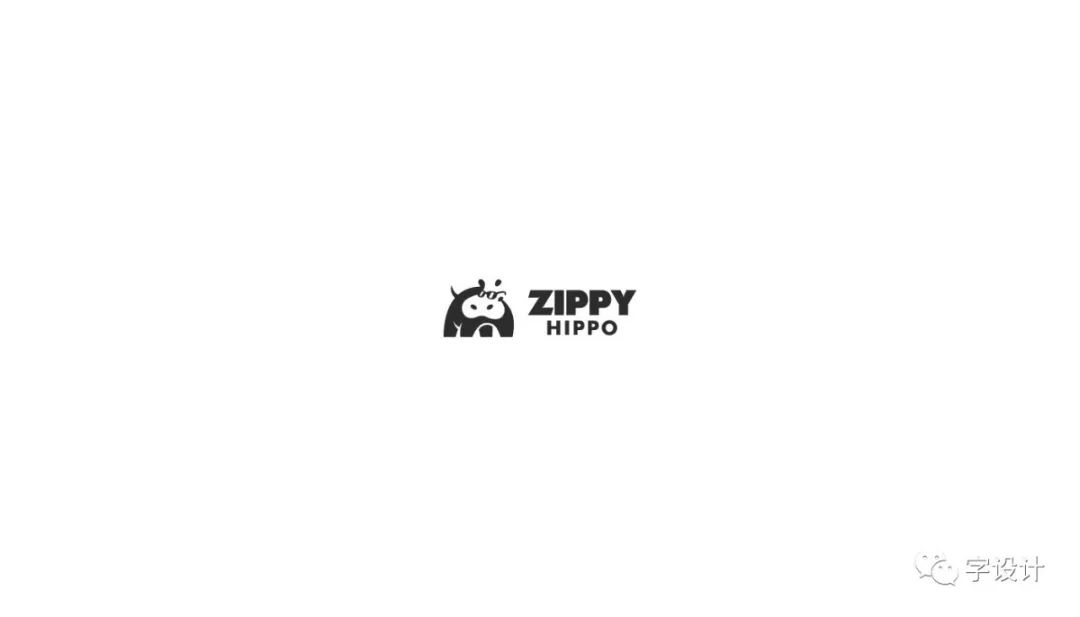

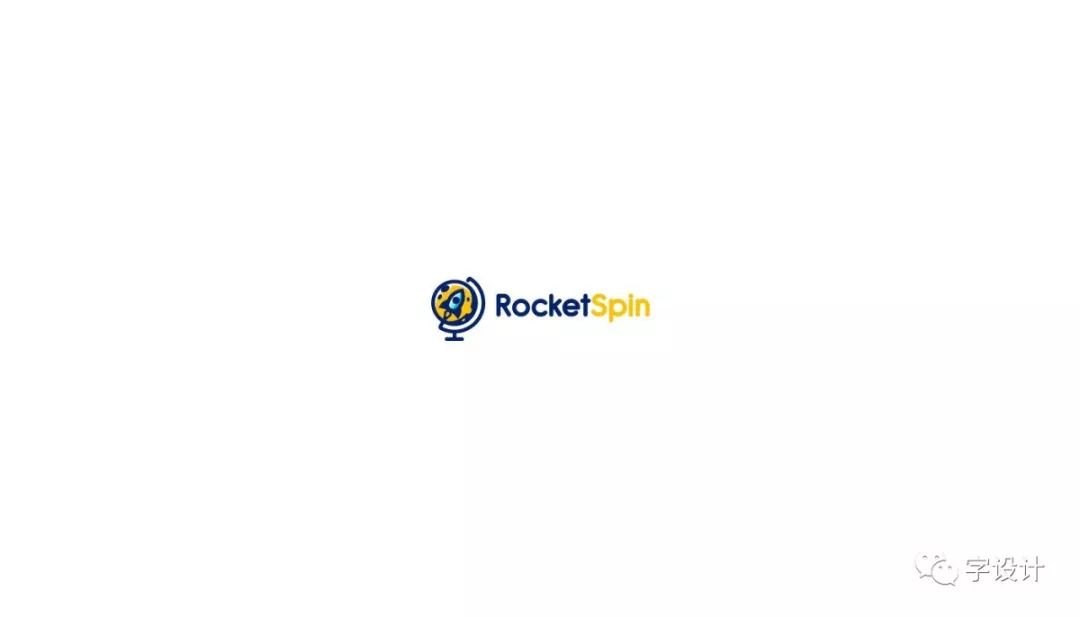











Articles are uploaded by users and are for non-commercial browsing only. Posted by: Lomu, please indicate the source: https://www.daogebangong.com/en/articles/detail/Font%20DesignLead%20Alloy%20Cast%20Font.html

 支付宝扫一扫
支付宝扫一扫 
评论列表(196条)
测试